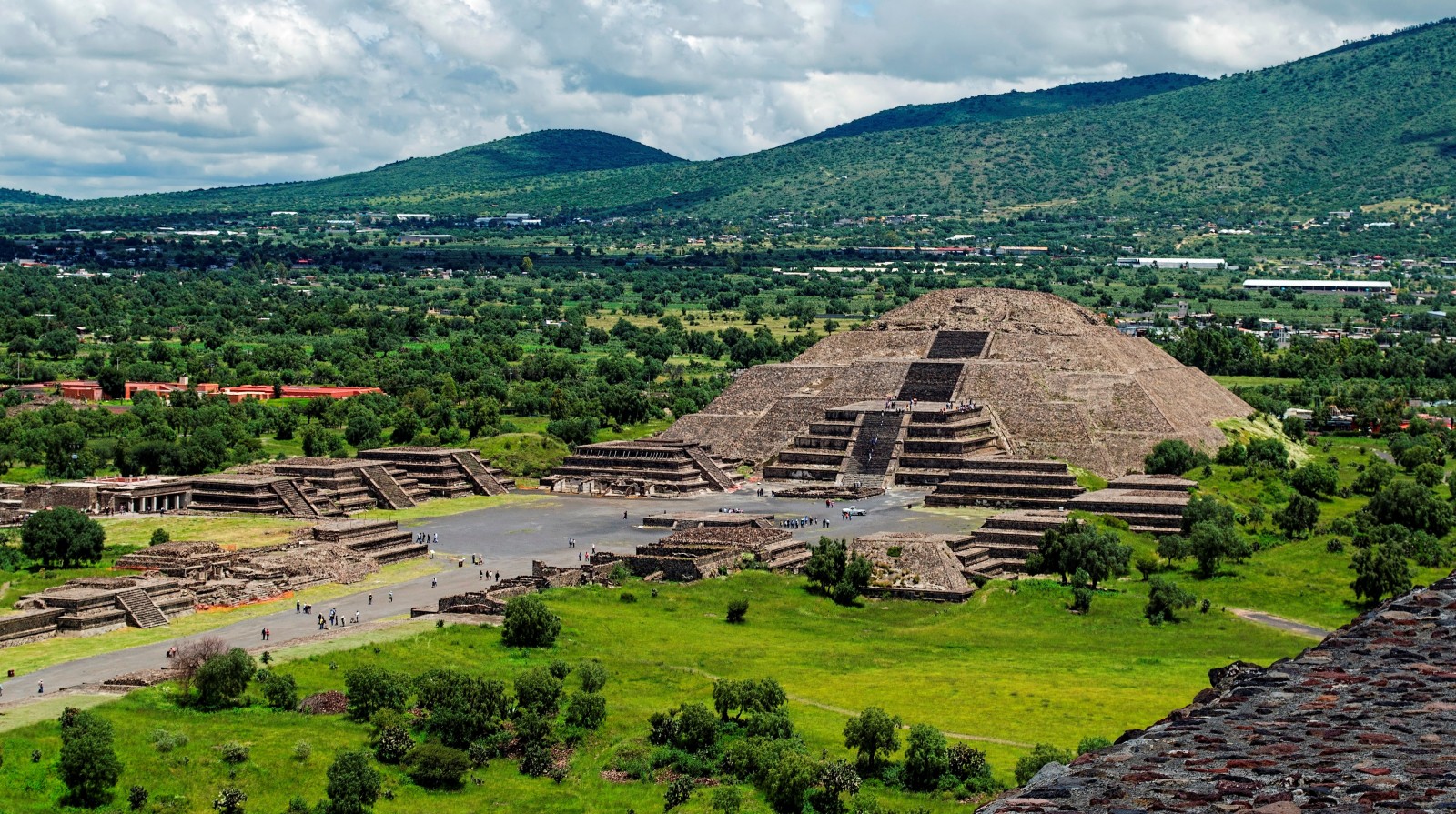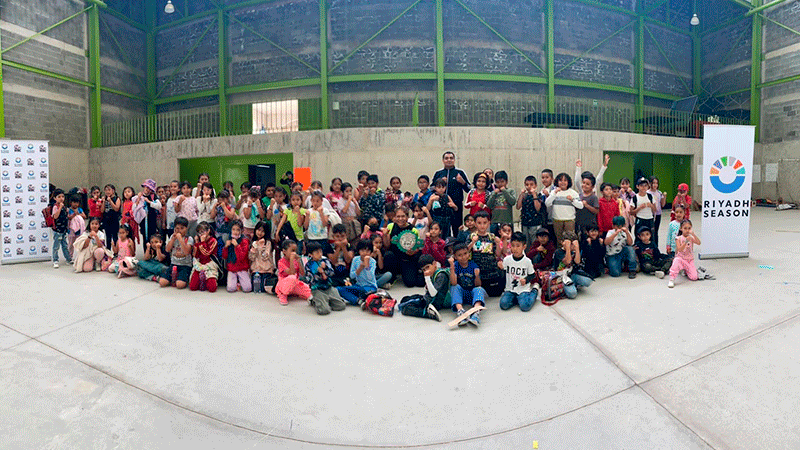
The WBC Teotihuacan Belt
The World Boxing Council (WBC) commemorative belts, on May 5 and September 16, were created as a special trophy, awarded to the winner of great fights held around these two Mexican festivals, regardless of nationality.
This concept was created in 2017, and each year a Mexican culture is selected to create these belts. So far there are already nine officially presented belts: Huichol Belt I and II, Chiapaneco Belt I and II, Maya Belt I and II,; Mazahua and Otomí, and Mestizo.
The tenth commemorative belt of the WBC, with the support of the Government of the State of Mexico, is the “Tehotihuacan”; and is inspired by one of the most iconic cultures in history.
About the Teotihuacan culture
The city of Teotihuacán (The place where the Gods were created) is located about 50 km northeast of Mexico City. Built between the 1st and 7th centuries A.D, it is characterized by large monuments, in particular the Temple of Quetzalcóatl and the Pyramids of the Sun and the Moon, established on geometric and symbolic principles.
Teotihuacán and its valley display unique testimony to the pre-urban structures of ancient Mexico. Its ceremonial ensemble represents a unique artistic achievement both for the enormous size of the monuments and for the spectacular layout based on cosmic harmony. The art of the Teotihuacanos was the most developed and advanced among the classical civilizations of Mexico and its influence is notable in other cultures.
Quetzalcóatl also known as the “Feathered Serpent”, is a mixture of bird and rattlesnake. He is a pre-Hispanic god of learning, rain, wind, agriculture, and the arts, as well as the creator of the world and humanity.
The oldest representation of Quetzalcóatl is in Teotihuacán where there are sculptures dating from the 3rd century. Teotihuacán was the seat of power for one of the most influential Mesoamerican societies in the political, economic, commercial, religious and cultural spheres. Today, it represents a symbol of identity and strength of ancient Mexico.
About the Teotihuacano belt
This beautiful belt is inspired by the greatness and majesty of the City of the Gods, Teotihuacán and the power of Quetzalcóatl.
This masterpiece is a special edition made by “Taller de Obsidiana”, a Mexican design firm that is an expert in maquila and creation of pieces made in obsidian with a legacy spanning three generations.
The intricate brilliance is by Topacio and Gerardo Cuevas Campos, the craftsman Gerardo Cuevas Nájera and the leather and fittings are the work of the Cleto Reyes workshop.
The belt is comprised of more than 40 pieces of golden obsidian, an iconic rock of this culture that was the cornerstone of the economy of that time. In the center are two snakes found head-on, with jade teeth. The depiction of Quetzalcóatl are part of the belt with a geometric framework alluding to the plumage of this deity.
The golden obsidian and jade rhombuses are a geometry that refers to Teotihuacan mural painting. The piece incorporates brass details, as well as the iconic pyramid of the sun and the moon.
The winner of Canelo vs. Plant will receive the Teotihuacano WBC belt
Saúl “Canelo” Álvarez (56-1-2, 38KOs) and Caleb Plant (21-0, 12KOs), will clash on November 6, in Las Vegas, for all the super middleweight belts.
“Canelo” is the super middleweight champion of the World Boxing Council, World Boxing Organization and the World Boxing Association, while Plant will stake the title of the International Boxing Federation.
The Teotihuacano belt is a gift that the World Boxing Council and Mexico gives to the world. It is a unique trophy that the winner of this eagerly-awaited fight will take home. Its magnificent design highlights the beautiful and diverse culture of the State of Mexico.

![]()
test












